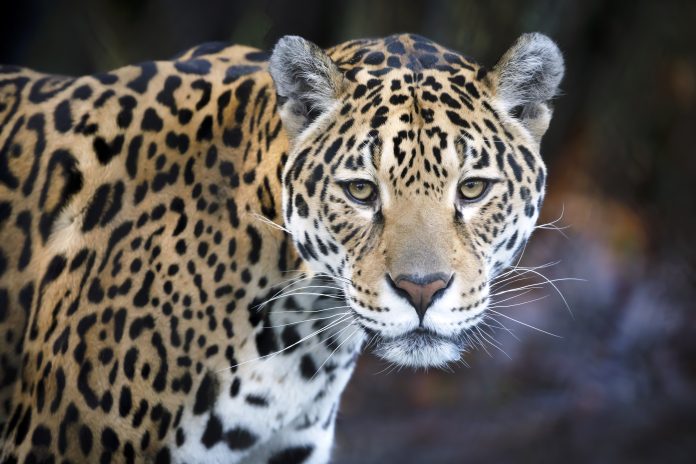
Federal Officials Deny Proposal For The Reintroduction Of Endangered Jaguars Back Into The Southwestern United States
You can help all animals and our planet by choosing compassion on your plate and in your glass. #GoVeg

You can help all animals and our planet by choosing compassion on your plate and in your glass. #GoVeg